Technique can precisely track ocean oxygen loss, offering insights into climate change’s impact on marine life
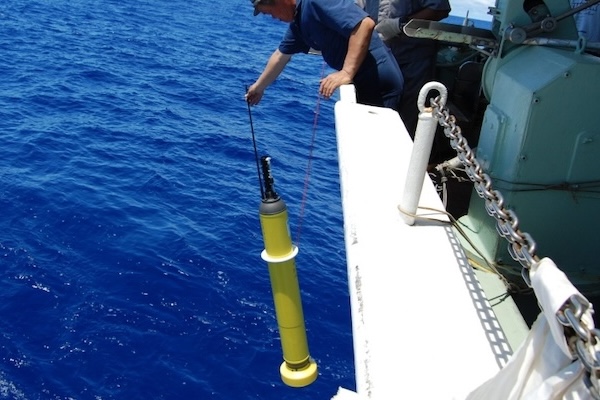
Georgia Tech researchers have developed an innovative machine learning technique that could significantly enhance the way scientists assess and analyze the decreasing oxygen levels in the ocean – a trend that threatens marine ecosystems globally.
Oxygen, crucial for most life forms, is produced by terrestrial plants and marine algae through photosynthesis in surface waters. However, oxygen concentrations are falling in various ocean regions, which is a problem scientists link to surface warming and its impact on seawater’s chemical properties. This warming reduces the water’s capacity to retain oxygen, posing a complex issue that Georgia Tech’s new approach aims to clarify and address.
“Calculating the amount of oxygen lost from the oceans is challenging due to limited historical measurements and inconsistent timing,” said Taka Ito, oceanographer and professor in the School of Earth and Atmospheric Sciences at Georgia Tech. “To understand global oxygen levels and their changes, we need to fill in many data gaps.”
In response, a group of student researchers, led by Ito, developed a machine learning-based approach to gain a clearer picture of the ocean’s declining oxygen levels. By analyzing datasets, the team created a monthly map of oxygen content that reveals the decline over several decades. This research, recently published in the Journal of Geophysical Research: Machine Learning and Computation, offers a new tool for assessing a critical threat to marine ecosystems.
“Marine scientists need to understand the distribution of oxygen in the ocean, how much it’s changing, where the changes are occurring, and why,” said Ahron Cervania, a Ph.D. student in Ito’s lab. “Statistical methods have long been used for these estimates, but machine learning techniques can improve the accuracy and resolution of our oxygen assessments.”
The project, launched three years ago with National Science Foundation support, initially focused on Atlantic Ocean data to test the machine learning method. The team used a computational model to simulate missing oxygen observations, allowing them to assess the model’s ability to reconstruct data from limited inputs.
Once this approach proved effective, the team expanded to global observations, developing algorithms to analyze oxygen content alongside temperature, salinity, and pressure. Using historic ship-based data from the 1960s onward and recent measurements from Argo floats, they created a global monthly map of ocean oxygen levels from 1965 to the present.
“Using a machine learning approach, we were able to assess the rate of oxygen loss more precisely across different periods and locations,” Cervania said. “Our findings indicate that incorporating float data significantly enhances the estimate of oxygen loss while also reducing uncertainty.”
U.S. catfish industry seeking ‘tangential expertise’ to tackle off-flavors
The team discovered that global ocean oxygen levels have declined at an average rate of about 0.7 percent per decade from 1970 to 2010 – a rapid response to recent climate change with serious implications for marine ecosystem health. This estimate aligns with findings from other studies, underscoring the accuracy and effectiveness of the team’s machine learning approach.
“We calculated trends in global oxygen levels and the ocean’s inventory, essentially looking at the rate of change over the last five decades,” Cervania said. “It’s encouraging to see that our rate aligns with previous estimates from other methods, which gives us confidence. We are building a robust estimate from both our study and other studies.”
Ito noted that the team’s method tackles a persistent challenge in oceanography: effectively integrating diverse data sources, each with its own accuracy and uncertainty, to gain a clearer understanding of changes occurring in the ocean.
“The integration of advanced technologies like machine learning will be essential in filling data gaps and providing a clearer picture of how our oceans are responding to climate change,” he said.
Now that you've reached the end of the article ...
… please consider supporting GSA’s mission to advance responsible seafood practices through education, advocacy and third-party assurances. The Advocate aims to document the evolution of responsible seafood practices and share the expansive knowledge of our vast network of contributors.
By becoming a Global Seafood Alliance member, you’re ensuring that all of the pre-competitive work we do through member benefits, resources and events can continue. Individual membership costs just $50 a year.
Not a GSA member? Join us.
Author
Tagged With
Related Posts
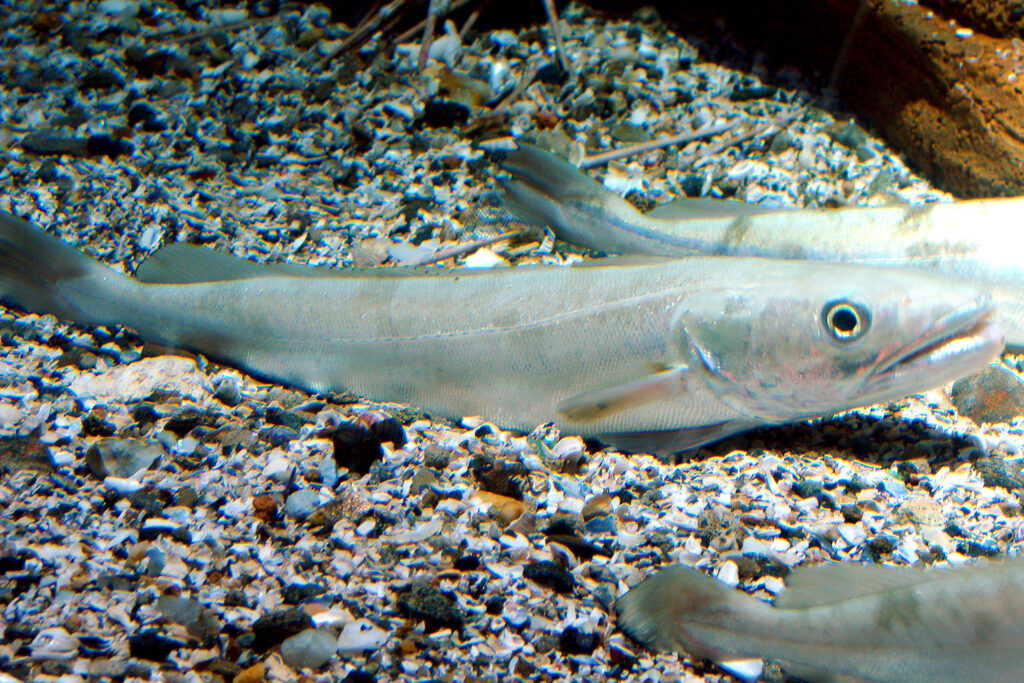
Fisheries
Machine learning approaches for fish age prediction in European hake
Strategy uses predictive equations for practical assessments and more sophisticated machine learning models for higher accuracy and automation.
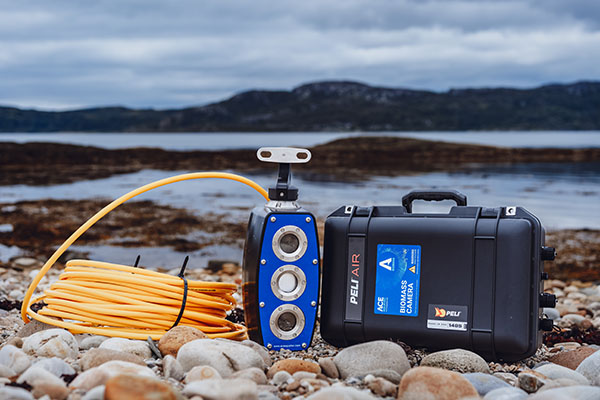
Innovation & Investment
New AI camera system can capture salmon biomass data
A newly launched biomass camera developed by Ace Aquatec uses AI to transform how salmon stocks are monitored and graded.
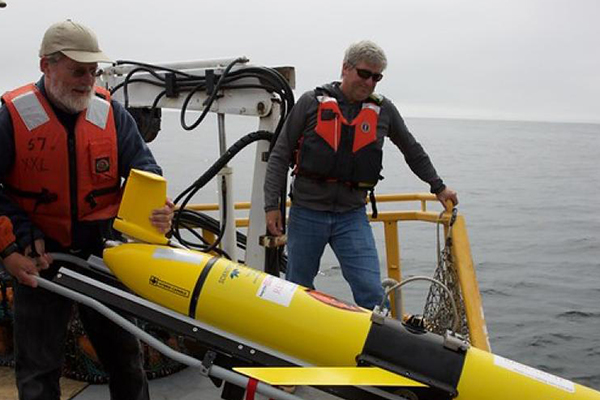
Responsibility
Study: Hypoxia is widespread in the ocean and increasing off the U.S. Pacific coast
A study found that in 2021, more than 50 percent of the continental shelf experienced the low-oxygen condition known as hypoxia.
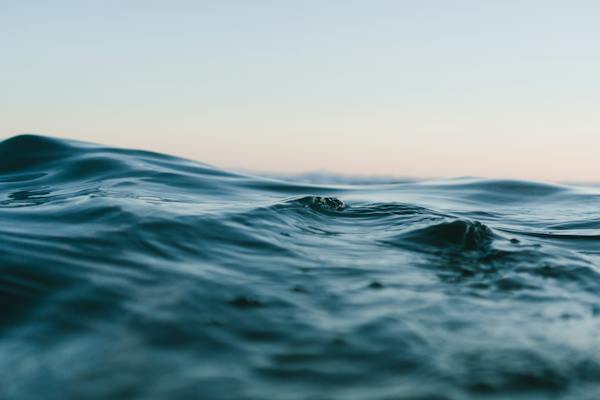
Responsibility
High ocean temperatures helped make 2023 the hottest year ever recorded
A new study found ocean temperatures were “off-the-chart” in 2023, causing more intense weather patterns and impacting marine life.



